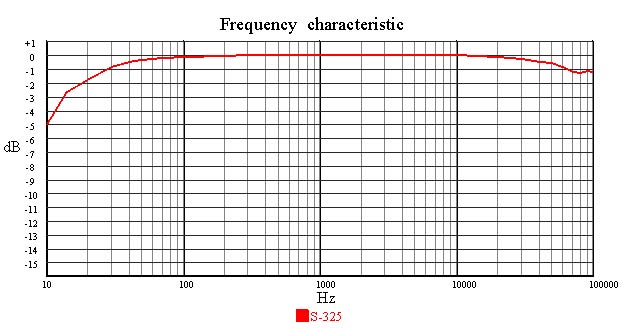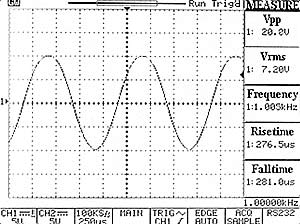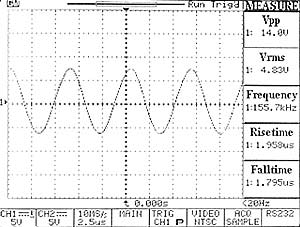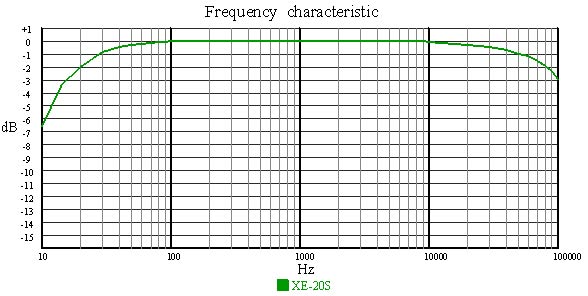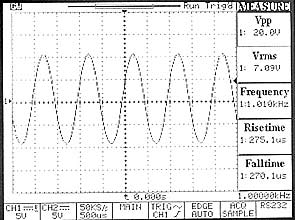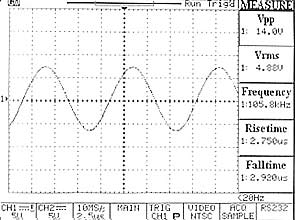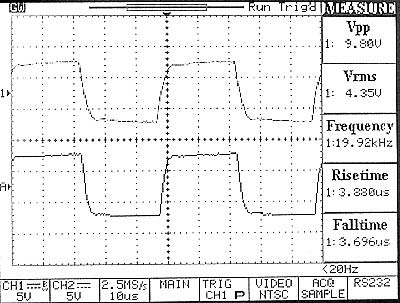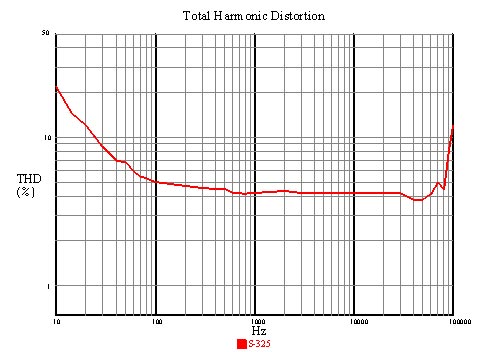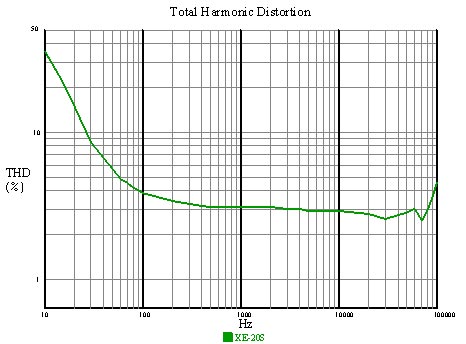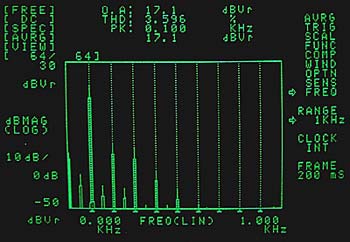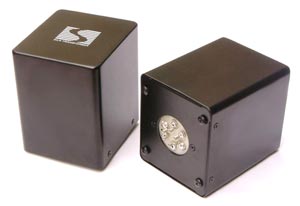
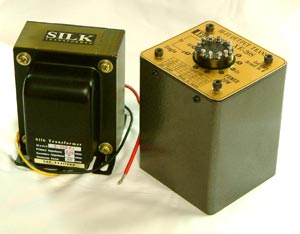
It is very difficult to believe that we can surpass the remarkable performance of our previous SILK S-325. (internal code name "S")After hundreds of testing models and countless of listening and testing hours, we are confident that our new SILK S-325 (internal code name "Fi") is one of the best Output Transformer for medium power single-ended amplifier in the market. It is specially designed to best working with circuit employing tubes like; 300B, 2A3, 6B4G, PX-25 and the like. New S-325 also works well with ultra-linear connected circuit with tubes like; EL34, 6L6, 6550, or KT88.
SILK S-325
incorporates SILK winding technique on special heat treatment core. We
have developed new proprietary winding arrangement to increase magnetic
coupling between primary and secondary with lowest insertion loss.
This generates power bandwidth from 13Hz to more than 150,000Hz at -3.0dB.
This wideband characteristic must also provide low THD at low frequency
that why we do not adopt small cut core since they process very high THD
in low frequency range. This figure arrives from actual working condition
run with SE300B tube without NFB at its full power.
Test report
We set up the test for frequency response, THD and FFT analysis under actual working condition of the transformer; that's running with DC unbalance and driven by 300B tube without the aid of NFB.
List of test equipment
HP 8903A audio
analyzer as low THD signal generator and distortion analyzer
HP 3478A multi-meter
Instek GDS-806S digital storage oscilloscope with FFT math analyzer
Hameg HM-504 analog oscilloscope
Escort EFG-3210 function generator (for square wave and sine wave below
20Hz and above 100KHz)
Kikusui FAE-2000 FFT spectrum analyzer
Our test drive
circuit is based on 6SN7 (SRPP) input, C-coupling to 6V6 (triode connected)
R-C coupling to 300B running at +350V at 78mA.
Center frequency is 1,000Hz
Reference level (0.0dB) is 20.0V p-p into 8 ohm load (17.2dBVrms)
Frequency Response
Frequency response is one of the most important aspects of output transformer. Although some might argue that this has no benefit since human is limited in hearing up to only 20KHz, wide bandwidth output transformer usually means that it can generate true upper harmonic that bring music reproduction closer to the real live performance.
Wide bandwidth characteristic with low THD is very difficult task that only comes from good design output transformers.
